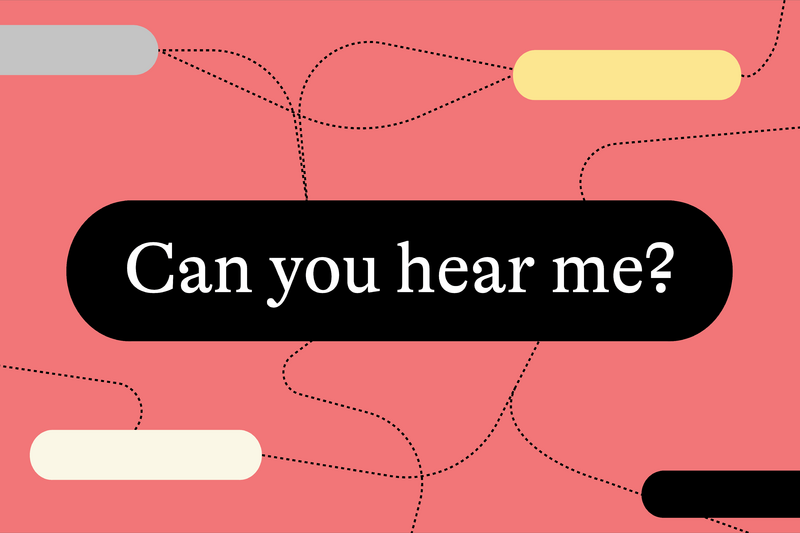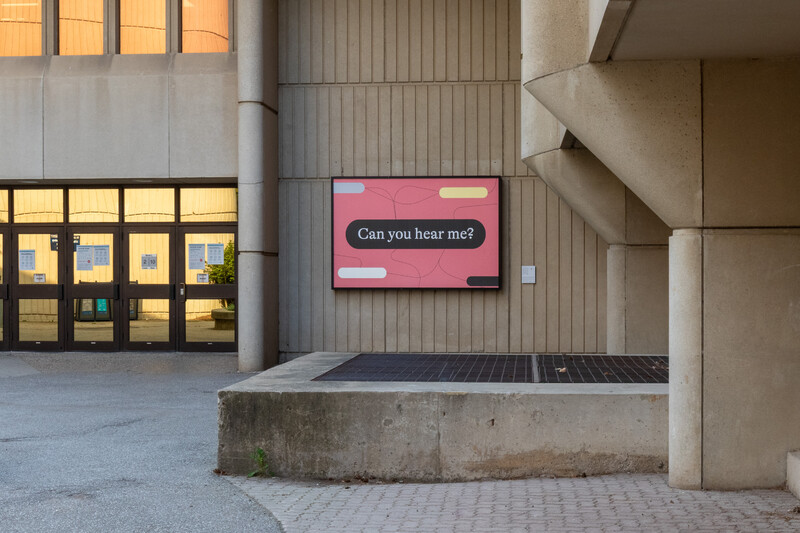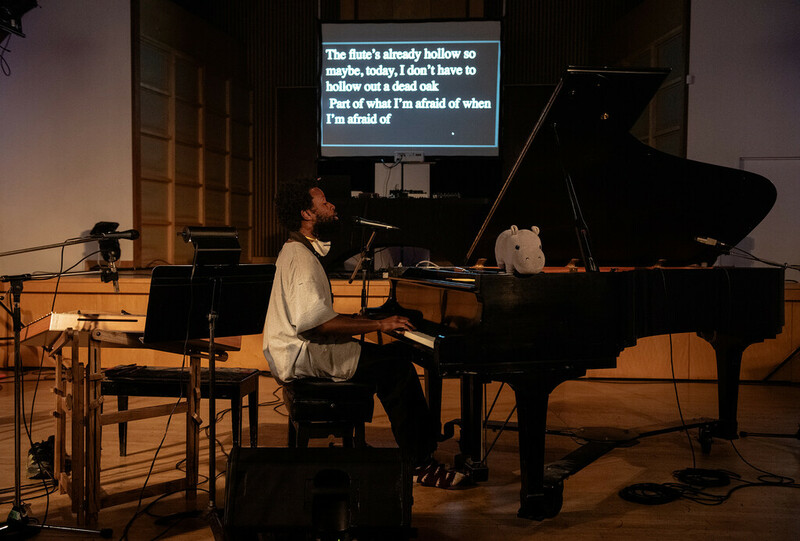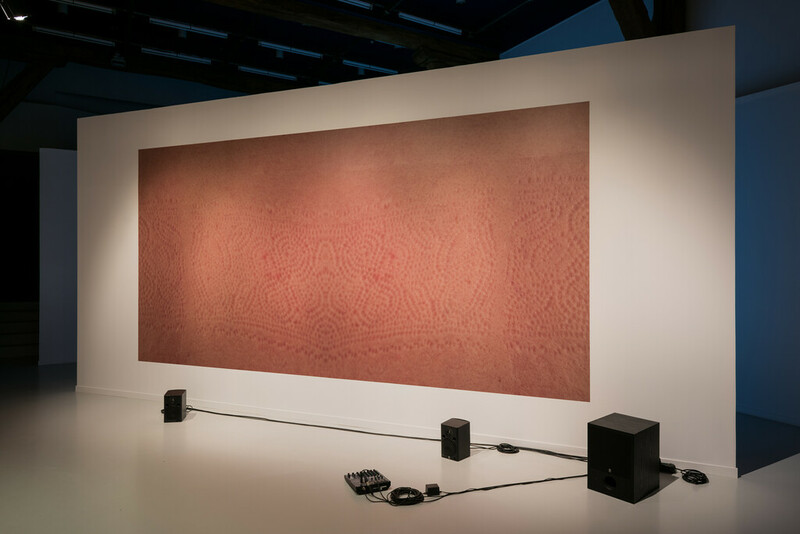The past projects, programming and publications listed below engage the questions in Lines of Inquiry 4, part of The Blackwood Index on Campus lightbox series. Prompted by the corresponding graphs on the Index, this selection of work exemplifies points of interaction within the Blackwood's ongoing programs. Together, these artists, writers and researchers attune us to the outgrowths, demands, and curiosities that the inquiries provoke.


Related Programs
JJJJJerome Ellis, The Clearing and Aster of Ceremonies, 2025

JJJJJerome Ellis explores sound's liberatory potential—moving though, across, and against time. This two-part performance program explores embodied sound—its resonance, pronunciation, utterance, and silence. Ellis, who speaks with a block stutter—manifesting as intervals of silence—calls these pauses “clearings” that open time, challenging the temporal regulation and oppression that seek to pathologize and criminalize Black disabled individuals. The Clearing and Aster of Ceremonies reimagines dysfluency in speech time through spoken word, live music, and projected text.
Jeneen Frei Njootli, Knowledge Transference III (when the one to author the cut is gone, a small hole in the shape of a portal forms), 1985-2019

Jeneen Frei Njootli’s installations and live sound performances are sonic landscapes; frequencies and living energies that carry knowledge, information and stories related to the land, history, and culture of her Vuntut Gwitchin First Nation, located in northern Yukon. For La Ferme du Buisson Art Centre, Frei Njootli presented a large photographic vinyl banner created by pressing beadwork their grandmother made into their skin. In a live sound performance midway through the exhibition, they transformed a hide scraper into a sonic tool to scrape the image away from the wall, leaving behind only its sonic residue.
American Artist, Dignity Images, 2021

Employing strategies of refusal and redaction, American Artist’s Dignity Images examine how social media platforms condition our sense of self, identity, and community. Concerned with the vampiric nature of social media—where user content, data, and engagement generate profit—Artist’s practice proposes ways to challenge platform and surveillance capitalism. One such strategy is in Artist’s own legal renaming, which intervenes in the overwhelmingly white and male artistic canon.
Accessibility
The Blackwood Index on Campus is presented on four outdoor lightboxes in public spaces across the UTM campus. Some movement throughout the campus is required—ramps and curb cuts are in place.
Download a printable map for your visit.
Acknowledgements
The Blackwood gratefully acknowledges the support of the University of Toronto Mississauga, Canada Council for the Arts, and the Ontario Arts Council.

Lines of Inquiry 4
Can you hear me?
While current crises drive us toward increasingly networked communication systems, it’s equally vital to re-examine our modes of speaking, listening, broadcasting, and consuming. Whose voices are loudest? Who is heard in moments of crisis and upheaval? Who is amplified? Who is silenced? How do we contend with the distorted and fragmentary testimonies we encounter in increasingly mediated space? We ask these questions as we grapple with legibility, communicability, empathy, misinformation, disinformation, and the urgency of making ourselves understood. While this need is uniquely challenging in the gatekept worlds of streaming, social networks, and news media, it also begins offline. Embodied and collective actions can defy silencing by inventing new ways for being heard, amplified, and circulated. We find urgent reminders in artistic and research practices that insist on the value of sense, sensation, perception, dissent, witnessing, gathering, and imagining in the face of inequitably distributed information systems.
Beginning in summer 2025, The Blackwood poses a series of questions across the four UTM campus lightboxes. These inquiries come at an inflection point: derived from the past ten years of programming led by Director/Curator Christine Shaw, they re-enliven institutional history to carry questions from our past into the future. In doing so, many have been edited to reflect what we’ve learned, and what we hope a question can provoke. Posed alone and in groupings, these questions reflect the scope of open-ended inquiry across multi-year programming.
Visit the Blackwood's Index to see an interactive graph which addresses this question through The Blackwood’s programs.

The Blackwood
University of Toronto Mississauga
3359 Mississauga Road
Mississauga, ON L5L 1C6
[email protected]
(905) 828-3789
The galleries are open. Hours of operation: Monday–Saturday, 12–5pm.
Facebook | Twitter | Instagram
Sign up to receive our newsletter.
The Blackwood is situated on the Territory of the Mississaugas of the Credit, Seneca, and Huron-Wendat.